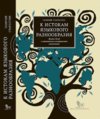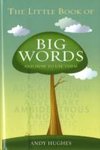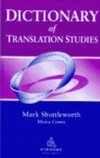
-
 Anglický jazyk
Anglický jazyk
Kannada literature
Autor: Source: Wikipedia
Source: Wikipedia. Pages: 111. Chapters: Mysore literature, Western Chalukya literature in Kannada, Vijayanagara literature in Kannada, Hoysala literature, Sritattvanidhi, Modern Kannada literature, Medieval Kannada literature, Girish Karnad, Halegannada,... Viac o knihe
Na objednávku, dodanie 2-4 týždne
24.82 €
bežná cena: 28.20 €
O knihe
Source: Wikipedia. Pages: 111. Chapters: Mysore literature, Western Chalukya literature in Kannada, Vijayanagara literature in Kannada, Hoysala literature, Sritattvanidhi, Modern Kannada literature, Medieval Kannada literature, Girish Karnad, Halegannada, Karnataka literature, Haridasa, Kuvempu, Halmidi inscription, Rashtrakuta literature, T. R. Subba Rao, H. S. Shivaprakash, Extinct Kannada literature, Ibrahim Saeed, Nagavarma II, Kannada in computing, Western Ganga literature, Mankuthimmana Kagga, Sri Ponna, Siribhoovalaya, Adikavi Pampa, Harihara, Akka Mahadevi, Mohanatarangini, Kannada Sahitya Sammelana, Taledanda, Kannada Sahitya Parishat, Ratnakaravarni, Raghavanka, Vadirajatirtha, Shabdamanidarpana, Kavirajamarga, Kannada poetry, List of Sahitya Akademi Award winners for Kannada language, Vachana sahitya, Janna, Keshava Malagi, Palkuriki Somanatha, Tripadi, Parva, Padmanabha Tirtha, B. G. L. Swamy, Chronology of Karnataka literature, Sri Ramayana Darshanam, V. K. Gokak, Ranna, Bhattakalanka Deva, Charition mime, Champu, Yakshagana poetry, Ajitha purana, Vikramarjuna Vijaya, Gamaka, Adipurana, Hampa Nagarajaiah, Naraharitirtha, Dasakuta, The Dreams of Tipu Sultan, Vyasakuta, Malegalalli madumagalu, Vaddaradhane, Shunyasampadane, Pragatisheela, Kadamba script, Karana Hasuge, Mantra Gopya. Excerpt: Kannada literature is the corpus of written forms of the Kannada language, a member of the Dravidian family spoken mainly in the Indian state of Karnataka and written in the Kannada script. Kannada is attested epigraphically from the first millennium AD, and literary Old Kannada flourished in the 6th century Ganga dynasty and during 9th century Rashtrakuta Dynasty. Contemporary Kannada literature is the most successful in India, with India's highest literary honor, the Jnanpith awards, having been conferred seven times upon Kannada writers, which is the highest for any language in India. Based on the recommendations of the Committee of Linguistic Experts, appointed by the Ministry of Culture, the Government of India officially recognised Kannada as a classical language. Attestations in literature span something like one and a half millennia, with some specific literary works surviving in rich manuscript traditions, extending from the 9th century to the present. The Kannada language is usually divided into three linguistic phases: Old (600-1200 CE), Middle (1200-1700 CE) and Modern (1700-present); and its literary characteristics are categorised as Jain, Veerashaiva and Vaishnava-recognising the prominence of these three faiths in giving form to, and fostering, classical expression of the language, until the advent of the modern era. Although much of the literature prior to the 18th century was religious, some secular works were also committed to writing. Starting with the Kavirajamarga (c. 850), and until the middle of the 12th century, literature in Kannada was almost exclusively composed by the Jains, who found eager patrons in the Chalukya, Ganga, Rashtrakuta and Hoysala kings. Although the Kavirajamarga, authored during the reign of King Amoghavarsha, is the oldest extant literary work in the language, it has been hypothesized that prose, verse and grammatical traditions must have existed earlier. However, other scholars believe the literary tradition in Kannada
- Vydavateľstvo: Books LLC, Reference Series
- Rok vydania: 2013
- Formát: Paperback
- Rozmer: 246 x 189 mm
- Jazyk: Anglický jazyk
- ISBN: 9781156427729
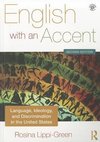


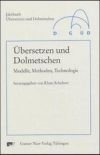
 Nemecký jazyk
Nemecký jazyk 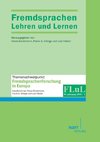
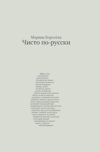
 Ruský jazyk
Ruský jazyk 

